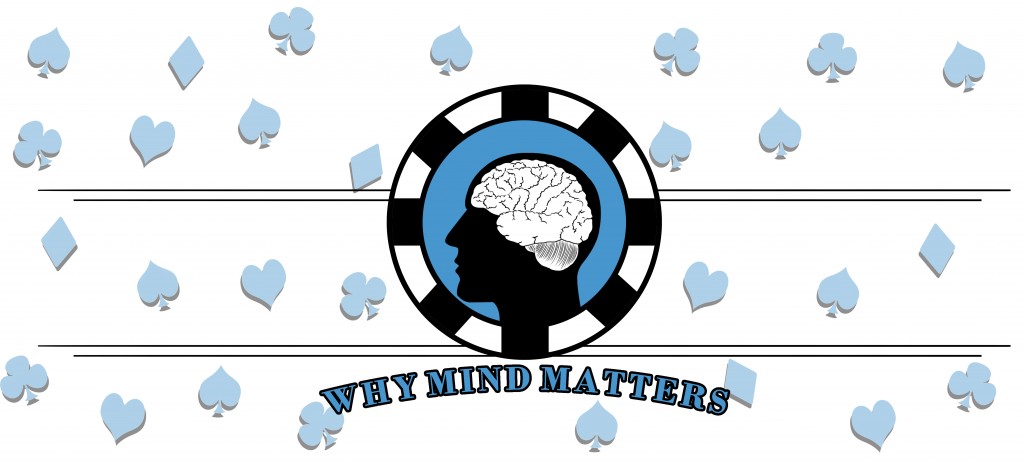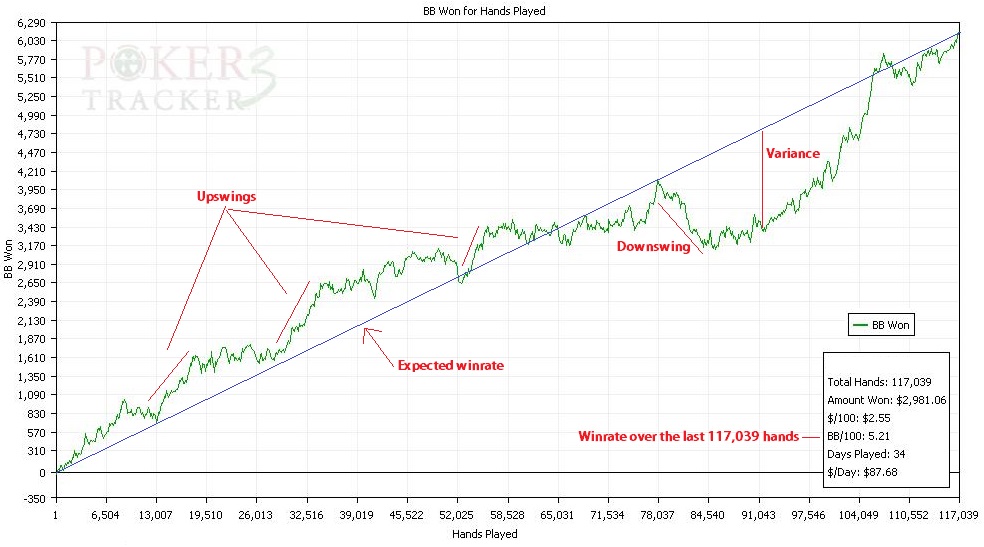
Professional poker playing consists of many skills, most of which are not directly related to the level of play at the table. Managing money, psychology, and inner life are just as important as understanding GTO/exploitative game principles, proper and long-term grinding, and so on. Among these skills, the mental game is one of the most frequently discussed but still not fully understood aspects of the game.
The mental game in poker has been written and talked about many times. J. Tendler's “Mental Game of Poker” has already become a classic, and there are many poker psychology coaches and other useful resources. Unfortunately, less is said about what constitutes the mental game beyond psychological preparation, tricks, or meditation exercises. In fact, pure psychology is only the late part of good mental game preparation.
TOP Poker Rooms
The poker mental game consists of far more elements than simple psychological preparation, the current “run,” or existing skills. The mental game can be affected by financial situation, personal life, external (or primary) activities, and the goal of playing poker.
Poker Goals
The goal of playing poker is perhaps the simplest aspect of the mental game, although not always clear. Some players tend to set huge, often hard-to-reach goals (for example, moving from NL10 to NL500 in a year or something similar). Such leaps in limits over a short period are possible for people known as “poker prodigies,” and while we all would like to be them, there are only a few in the world. The truth is, the goal of playing poker does not necessarily have to be so high that it negatively affects the mental game if not achieved. Sometimes the aim to quickly move to the next limit can be halted by uncontrollable factors – a month (or several months) of a bad run, the attempt to apply high-level knowledge to lower limits, or a myriad of different daily life challenges.
The goal of playing poker should always be not only conservative but also personal. A player who is stable or has a wide circle of colleagues will often hear how newcomers quickly rise to high limits. The reasons for such a rise can be varied, but often the player's thinking may shift to self-doubt (“if he can rise so quickly, what’s wrong with me?”). As Poker School coach “RoundMidnight” states, every poker professional's path will be different, so challenges and difficulties will appear at different times for each. The leap from NL25 to NL100 can be quick, but the same player may get stuck at NL100 for many years.
Physical and Mental Game Bankroll

Anyone who has taken a serious interest in a professional career in this game knows that it is essential to separate money for playing from money for living. Unfortunately, many players evaluate the money for playing only from a financial perspective (“how many buy-ins are needed to make the probability of losing everything almost zero?”), but good money management also requires considering the psychological aspect.
Players who spend more time playing know the feeling when there is a small amount of buy-ins left in the poker bankroll, and various thoughts start to creep in. Doubts arise about whether the chosen limits are beatable, whether to move down, or whether to start looking for a job, etc. Such thinking arises, quoting Phil Galfond, from subconscious thinking about “maybe I will never be able to make money from poker again.” Such thoughts are quite natural, but quickly, without the player noticing, they will strongly affect the game. For these reasons, the bankroll for poker must be managed according to psychological principles.
Often players think they will be able to maintain an A-level game after experiencing a downswing. Unfortunately, only a few top-level players have such a strong mental game. It is much more realistic to expect that the level of play will slightly deteriorate during a downswing. The optimal way to manage the bankroll is to leave a “buffer zone,” where the number of buy-ins for the limits is sufficient, but before continuing to play, a self-assessment is performed. Upon reaching this zone, many things can be changed to make the game easier in another aspect (for example, choosing a different playing time or selecting only high-quality tables, temporarily reducing volume, and so on). This strategy has several advantages. First, all game facilitations theoretically reduce variance, so losses will theoretically decrease. Second, due to slower money loss, it will be harder to experience tilt, and the situation can be assessed more objectively. Finally, after a long period of negative variance, any change can bring hope again.
The bankroll for living should also not be just an abstract amount with which “it is possible to survive X months.” A common mistake when planning finances for several months is not including unexpected expenses and the possibility that for one reason or another, the volume of poker play may need to be reduced. The bankroll should be planned for situations where daily life problems (personal or loved ones' illnesses, problems with a partner, and so on) can negatively affect the game. Ideally, the living bankroll should be able to cover the reduced amount of play until the mentioned problems are resolved.
Secondary Activities
For someone considering poker as a career, it will always be the main activity. Professional play of this game requires significant time and effort investments, so often very little time will be left for other aspects of life. One of the most common mistakes in the poker world, especially among newer regs, is complete concentration only on poker. It is believed that this will achieve the most optimal and best game.
Such motivation and improvement are very suitable at the beginning of a professional game or during a good run. Problems become apparent when experiencing a downswing and not having secondary activities. Poker becomes the center of the world, which does not hold up very well. In such cases, apocalyptic thoughts start to creep into the mind, which easily translates into daily life.
Secondary activities, especially productive ones, allow you not to feel like a complete failure and use negative emotions by stepping away from the poker tables. This activity does not have to be only for recovery from poker. Otherwise, it will be harder to get rid of negative emotions from the game load. The ability to properly use the negative emotions and feelings caused by poker will lead to perseverance, improvement, and longevity in this field.
There are plenty of activities that allow you to recover from poker, and it is not difficult to choose. Active sports, programming, engaging in art are just a few possible options. Of course, it is always best to choose an engaging activity (in the case of sports, the most suitable option would be martial arts or any contact sport) and one that is not financially burdensome.

All these tips are intended for poker players of all levels. Playing at low, medium limits or being staked will have fewer mental game challenges since potential game edge can compensate for mental game leaks. As you move up the limits and play against better players, the theoretically achievable EV or BB/100 will inevitably decrease, so the psychological management of the bankroll, game goals, and secondary activities will become increasingly important. The biggest edge difference between good players will only be in the mental game and the readiness in this aspect of poker.





